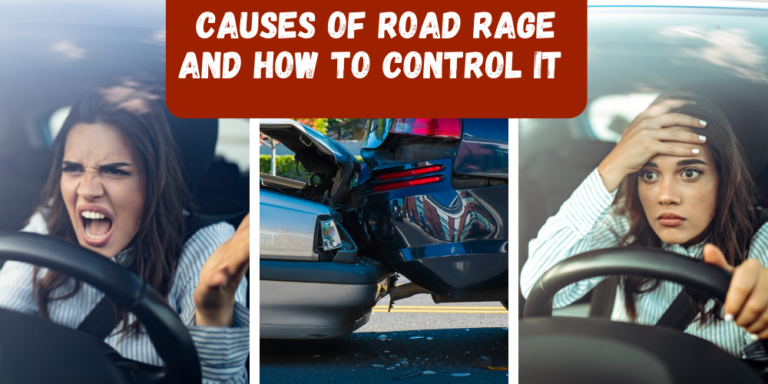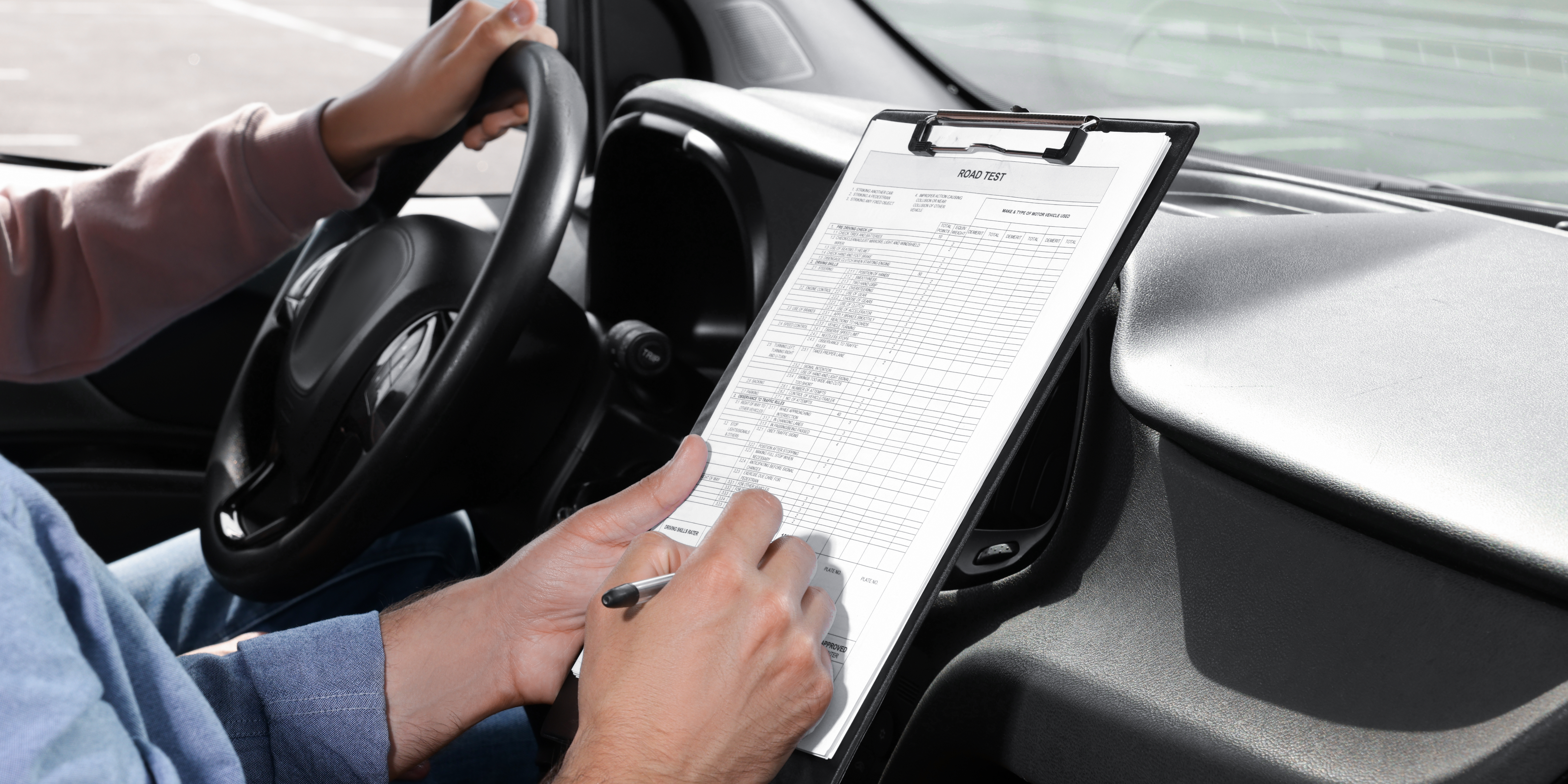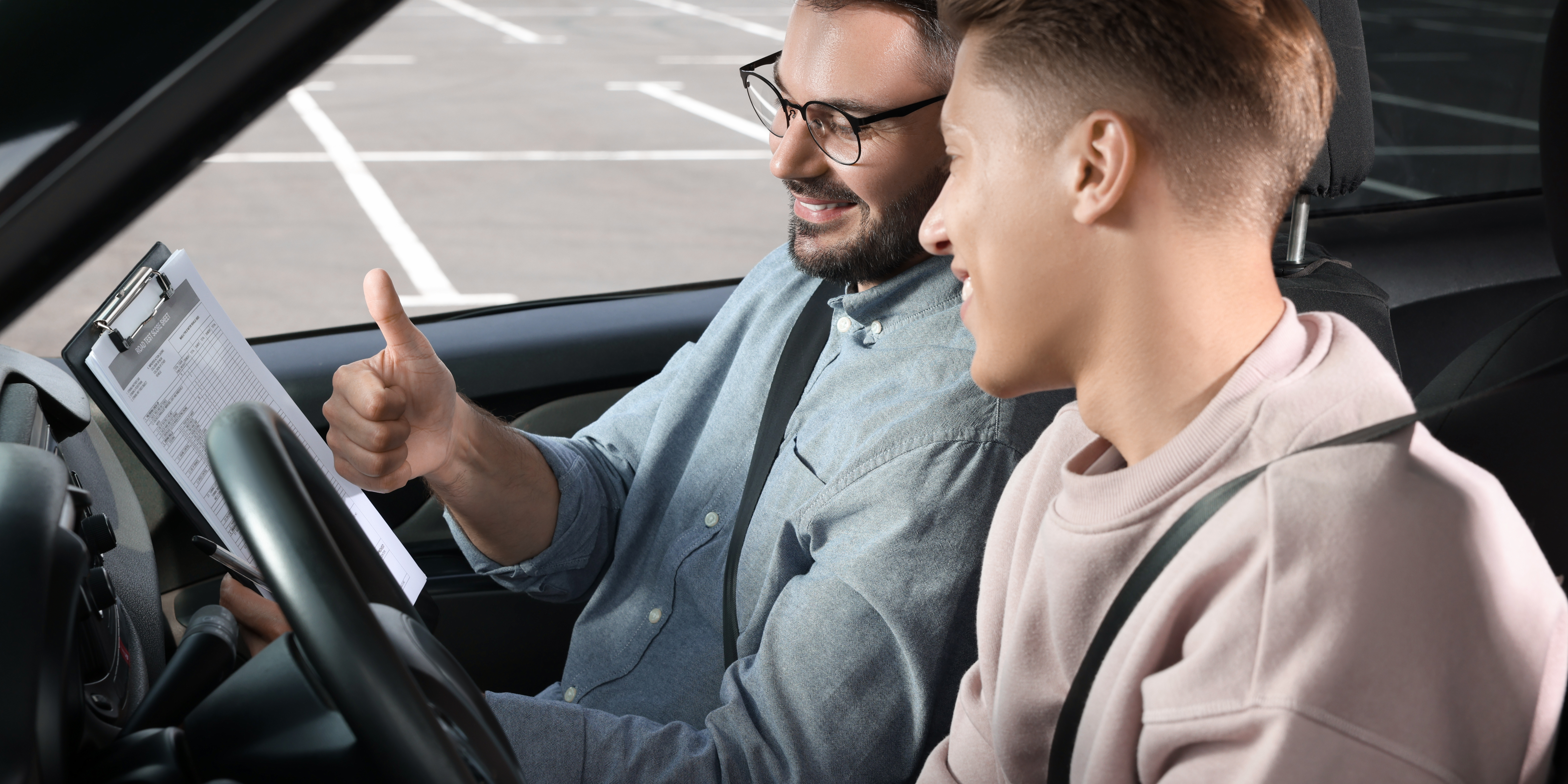Driving can sometimes be tough especially for new learners; however, do we actually know what causes us to be frustrated while driving? There are many reasons to face extreme danger, but several ways to control our behavior. Here we will discuss some issues that lead to road rage and ways to deal with it.
What is road rage?
Road rage is considered aggressive behaviors that usually occurs due to disruptive incidents before or while driving. The driver may feel the sensation of rude and verbal insult, yelling, honking, driving fast, or even cutting through another driver. These actions are mainly the reasons for running late for work or an appointment, sitting in the traffic, or if someone’s tailgates you. These behaviors usually make it hard to control emotions. And why not get mad when we experience selfishness evoked by others. A very common one would be purposely cutting off.
According to road rage studies, psychologists have discovered that many people are prone to aggressive behavior due to environmental issues such as crowded roads, high levels of stress, or even the impact of alcohol and drugs. Although road rage may only seem like a small issue where both parties shout competitively, some road rage may lead to violence. In fact, one-third of Canadians are victims of road rage at least once a month and 7% of the accidents cause deliberate murders. In addition, male and younger drivers aged 19-39 are more likely to engage in aggressive behavior. That being said, 57 cases of road rage are by men and 13 cases by women.
Causes of Road Rage
There is a wide range of behavior that lead to road rage. Usually, road rage is a reaction that is provoked because of the irresponsible behavior of others. Here are some common causes of road rage:
1.Traffic: Heavy traffic is one of the reasons that make many individuals impatient which most of the time leads to aggressive behavior due to a waste of time. Heavy traffic can cause late arrivals to jobs and business meetings which anticipates one to act in a hurry and undergo greater risk.
2. Texting and driving: Many drivers cannot resist using their phones while waiting at a red light. They are so focused on their phone that they forget about the light turning green. This is also known as distracted driving. When someone’s attention is taken off the road, they cause traffic. This happens because of reckless drivers who disregard the rules of the road and it makes the person in the back cut you off. This behavior should be avoided in order to encourage a safer environment.

3. Anonymity: When we are on the road, we don’t know the person next to us, behind us, or even in front of us. We are most likely never going to see that person and because of this attitude or mindset, we are more vulnerable to honk, yell and use inappropriate hand gestures.
What happens when drivers rage
A driver who is frustrated may attempt aggressive driving in order to feel like they have accomplished something. For example, they will feel that they have reached their destination faster or it makes them get rid of their tension of dealing with problems. Aggressive drivers may:
Speed: Oftentimes, when a driver is in a course of road rage, they are motivated to speeding. However, speeding can increase the chances of accidents. Since the driver is already angry, their reflex slows down causing them to react inappropriately and creating danger for everyone on the road.
Ignoring the traffic signs and signals: Aggressive drivers may also ignore the red lights and stop signs. They do not pay attention to the many signs which then increased their chances to crash into another car because in their case everything is unpredictable.

Attempting to block another car: When a driver feels that they have been wronged, they try to seek revenge. In other words, they might try to block off a lane so the driver cannot pass. This can be dangerous as the other driver is trying to navigate the road.
Other forms of road rage are weaving in and out of traffic, tailgating, and following another driver.

How to prevent road rage
Find ways to calm down: There are many ways to keep yourself calm and these strategies can help you manage your anger and reduce the risk of facing road rage. You can do breathing exercises, listen to calming music or practice progressive muscle relaxation.
Don’t honk unnecessarily: There is a limit to honk at the person in front of you. For instance, if the person is at a green light longer than 10 seconds, a light horn won’t do any bad. However, honking out with frustration is irritating to others and you may aggravate them to rage back at you.

Plan out your time wisely: If you want to avoid being late to work, the best way would be to keep yourself organized with a schedule so you can leave early. This will make you feel relaxed, and it will prevent any unexpected events.
Show some empathy: Not everyone is a professional driver, the person in front of you may be a new learner and the reason for them to drive slowly. That is why we should stay patient and not judge others too fast.
Try to experiment with these strategies in order to feel stress-free while driving. By practicing effective anger and stress management, you will find driving easier and will contribute to a safe environment. Join now to learn more about our program because we are here to help you drive safely on the road.



